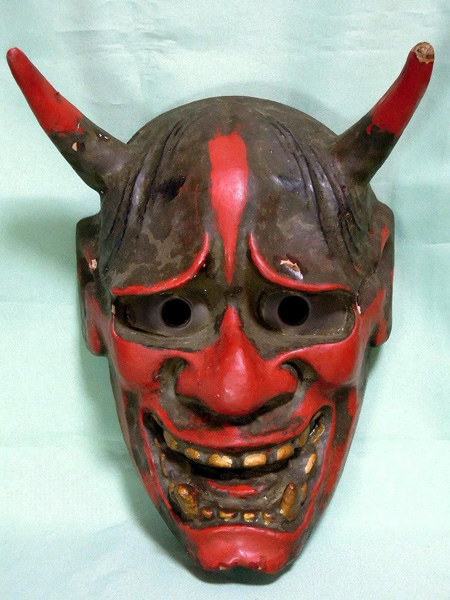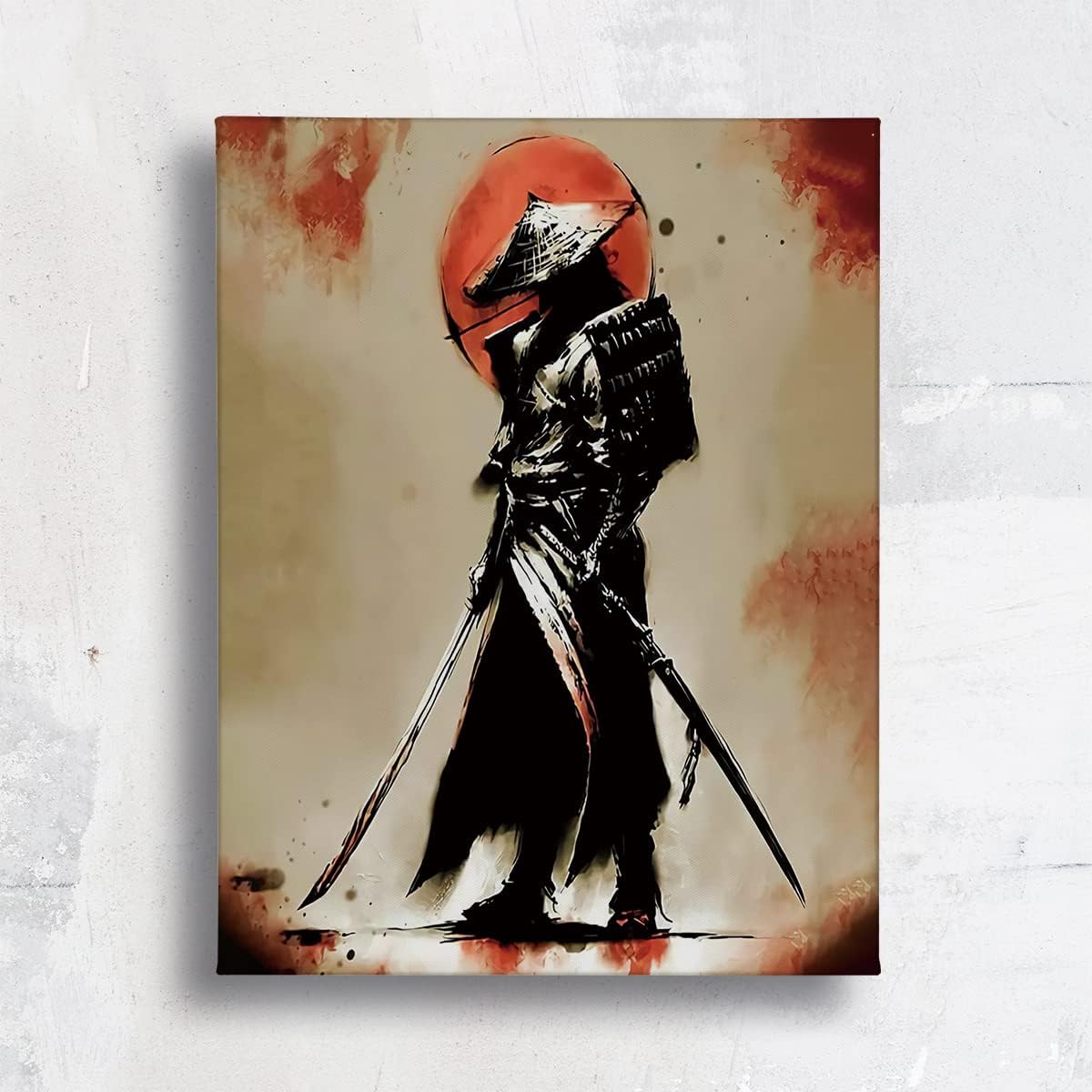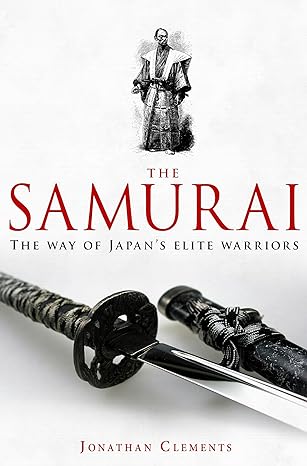Arts
It was during the Edo period that the urbanization of Japan really began to pick up, and with the rise in wealth around all citizens, there became a great value placed on the culture of the arts. Although the arts had played a role through history in Japan, it had only been enjoyed by those in elite power and had widely had a Chinese influence.

The Edo period saw people divided into classes in society, and entertainment and leisure arts became more accessible for everyone. Samurai however didn’t divulge themselves into all forms of entertainment. They followed the strict bushido warrior code, so many shops and brothels were strictly off-limit to them.

This new culture of urban please was known as “floating life” or asukiyo in Japanese. We can see just how vibrant this new culture was with the innovation of the woodblock print.
This became a popular form of expressing the spirit of society, and many of the prints were highly detailed, often showing indoor scenes or popular open markets.
One of the most popular forms of entertainment was the theater. A style showcasing an operatic tone with action, plot twists, music, and colorful costumes became known as Kabuki and was regarded as the main form of entertainment accessible by all.
The samurai class frowned upon this type of theatre and instead preferred the classical stage play called Noh, which was Shinto religious-inspired, and featured simple, yet serious characters and plots, most of which would involve the actors wearing striking masks to represent their emotions at that part of the play.
This type of theater play had its origins in the 13th century, during the Kamakura period. It had a history of having the attendance of shoguns, and daimyos, and was considered to be of superior taste to the mainstream theater. Much like classical music & opera is too popular stage shows today.
Were there any Samurai artists?
The answer is, there were not many Samurai artists in Japan. The reason for this is that the Samurai were only allowed to carry weapons, so they could not use their hands to draw or paint. There were only a few artists who didn’t have this restriction and actually joined the ranks of the Samurai.
Aoki Shigeru: He was a genre painter in the late 19th and early 20th centuries and he became a military artist in 1884. He was an artist that we can consider to be a samurai artist.
Tanaka Fujio: He started working for the military as an illustrator when he was 18 years old and continued his work until he retired in 1947.
What are the Japanese arts of the samurai history period?
Samurai arts are a set of disciplines that every samurai should practice. They are a set of practical skills, including swordsmanship, horsemanship, archery, the use of the naginata or yumi (longbow), and calligraphy. This is where the samurai could be proudly creative while writing letters, or administrating documents.
The samurai history period is from 1185 to 1868. The rise of the warrior class was established in this period and their influence was felt across Japan’s social and economic life.
What Is The Importance of Samurai History?
Samurai history is important because it provides an insight into the perspective of the Japanese people and how they view themselves and their country.

We can learn about who and what we are as a society by studying samurai history. It’s also an invaluable source for understanding Japan’s culture, values, and motivations.